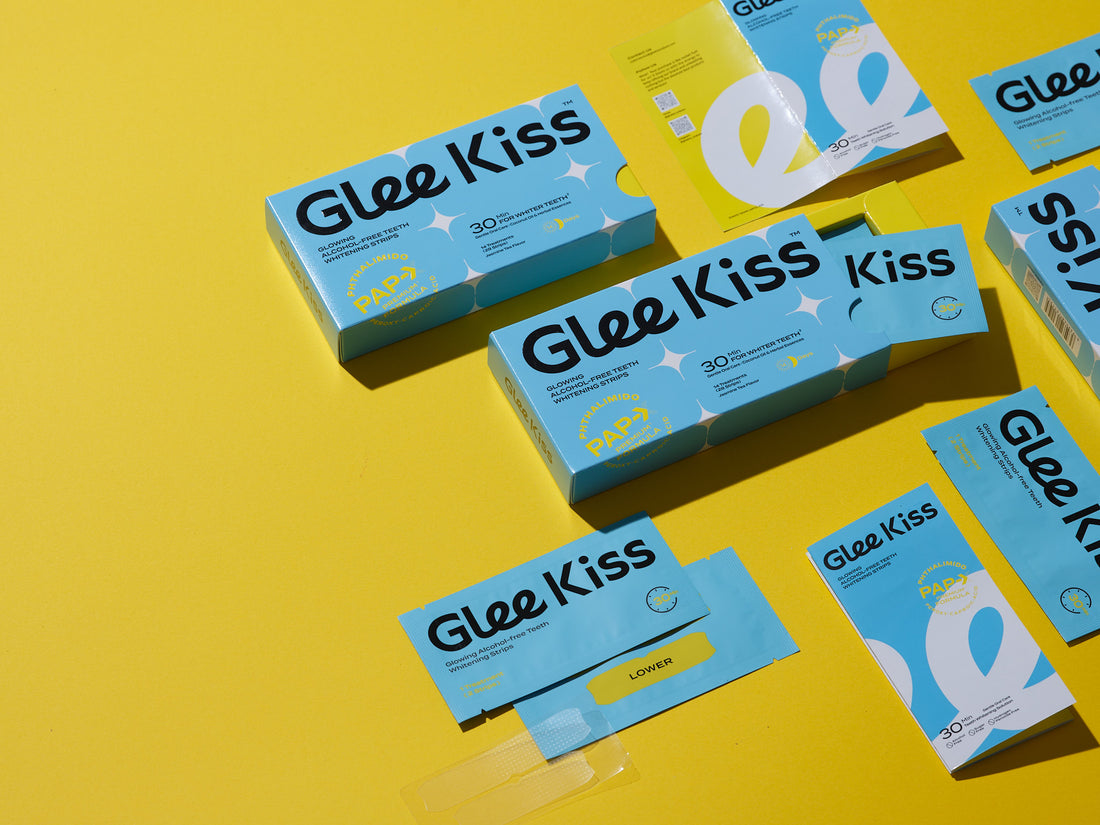
The Science Behind Teeth Whitening
Teeth whitening has become a sought-after cosmetic enhancement, but understanding the science behind it can help you choose the safest and most effective methods.
Teeth are composed of three main layers: enamel, dentin, and pulp. Stains form on the outer enamel due to frequent exposure to substances like coffee, tea, wine, or tobacco. Over time, these external stains can penetrate deeper into the dentin, creating a yellow or dull appearance that brushing alone cannot remove.
Traditional whitening products often rely on peroxide-based solutions, which work by releasing oxygen molecules to break down stain compounds. While effective, these treatments can occasionally weaken enamel or increase sensitivity by exposing the underlying dentin.
Recently, innovative alternatives like PAP teeth whitening have emerged. PAP, or Phthalimidoperoxycaproic acid, is a non-peroxide whitening agent that targets stains without releasing harmful free radicals. This makes it a gentler option, especially for individuals with sensitive teeth or gums. PAP whitening also helps reduce enamel damage and is often combined with ingredients like hydroxyapatite to strengthen teeth.
Maintaining oral hygiene is key to preserving your whitening results. Brushing twice a day with fluoride toothpaste, flossing, and limiting pigmented foods and drinks can prevent new stains. Regular dental visits will also keep your smile bright and healthy.
With advancements in whitening science, achieving a radiant smile is now safer and more accessible than ever.
